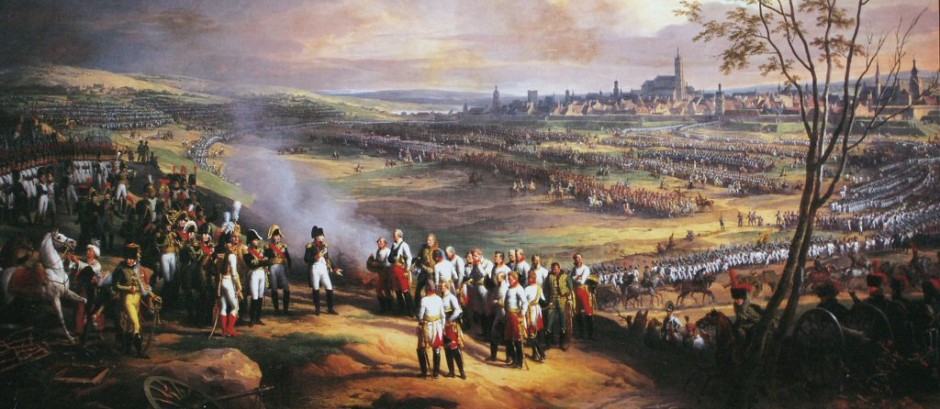Y9 HONORS Study Methodology: SQ3R & Cornell Notes Lesson-by-Lesson
I. Always Use Essential Questions and Guiding Questions as targets for ALL reading, note-taking, and revision.
II. Deconstruct Questions – identify key components of the prompt: Command Word, Given Factor, Focus, and Time Period.
III. Upon deconstruction develop an initial thesis – write it down, then keep it in mind as you read and take notes, if (upon further investigation) it proves faulty, revise the thesis until, toward the end of your chapter investigation – through several iterations and permutations – you have developed a sound basis for historical argumentation.
IV. Read – using SQ3R methodology: Survey, Question, Read, Recite and Review. Do this ONE LESSON at a time, simultaneously taking Cornell Notes, end with question-based summary, then approach Vocabulary/Terms.
V. Take FOCUSED Notes – gather evidence for responding to the deconstructed prompts – What type of question is it? (Command Words: What, Why, To what extent), What are the components of the Given Factor which must be addressed? What is the Focus of the analysis (the shaping or direction of analysis attached to the evidence)? Time Period: is this chronologically relevant to the Given Factor and the Focus? In what categorical sequence does the evidence belong? – Causes, Course of Events, Consequences? Are they Long-Term, Short-Term, or Trigger events for Causation?
VI. Cornell Summary should reflect a response to the Essential Question or Guiding Question above. The Cornell Summary should read as a preliminary conclusion. Attempt synthesis – analytical summary of significance. Formulate a judgment in the Cornell Summary.
VII. Approach Vocabulary/Terms in the same manner – Question (objective) Orientated. How can or how will each term be used as EVIDENCE to prove the thesis? You should be thinking more than writing, drawing upon your notes for Definition, Application, and Examples:
YOU MUST proceed in the following sequence – then upon completion, review backward:
- Term Definition: Who, What, Where, When, How, Why…in a short sentence.
- Application: Significance in terms of use – use as evidence to prove a point
- Example: Triggers (terms, dates, names) in question or associated with question(s)
VIII. Lesson Review Responses: Use completed Cornell Notes, Term Definitions, and Class Notes to answer questions in Lesson Review: Work toward writing the most succinct, yet robust response possible – no more than a 5-6 line paragraph. Apply terms as evidence, drawing directly from your notes.
REVISION (frequently working with your notes in preparation for assessments):
- Make annotations (left column) on areas deficient in your Cornell Notes when completing Lesson Review. Take (from your notes) key terms, people, dates, phrases, analysis of evidence and make index cards, web diagrams, and annotated maps in preparation for quizzes, tests, and exams.
- Outline a five-paragraph response in bullet point fashion without the use of notes, then make changes with your notes/revisions.
- Practice writing out a response in under 25 minutes (in pen).
- Review this attempt-compare to second outline, try scoring it yourself in terms of Knowledge, Understanding, and Application.
Knowledge: The use of facts, dates, names, terms, and concepts used knowingly and appropriately as evidence in your writing.
Understanding: The analysis of evidence, explanation of causation, use of relevant analogies, relating the meaningfulness of events, demonstrating the historical significance of events, and relating empathy.
Application: SPaG (Spelling, punctuation, and grammar), legibility, sentence structure, paragraph formulation, thesis formulation, contextual introduction, synthesis in conclusion, adherence to 5-paragraph model, synopticity (judgment of a historian)
